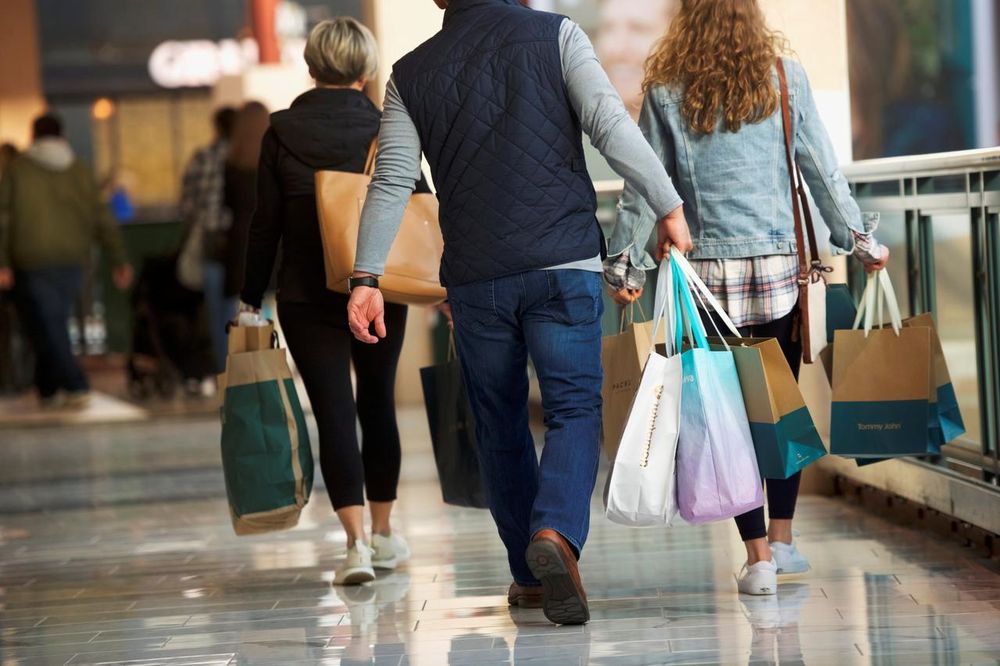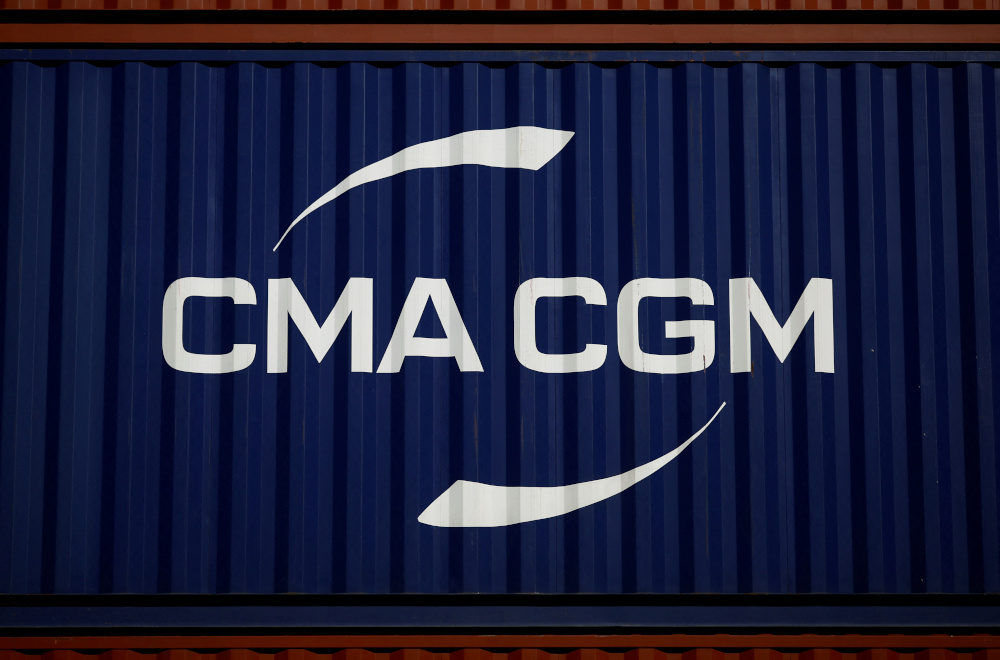WASHINGTON, June 16 — US retail sales increased by the most on record in May after two straight months of sharp declines as businesses reopened, offering more evidence that the recession triggered by the Covid-19 pandemic was over or drawing to an end.
The report from the Commerce Department today followed news early this month that the economy created 2.5 million jobs in May. Layoffs are also ebbing and manufacturing activity is improving, though production remains at very low levels.
Still, the record jump in retail sales recouped only a fraction of March and April’s decreases, leaving consumer spending and the economy on track for their biggest contraction in the second quarter since the Great Depression. The economy slipped into recession in February.
“The economy and retail sales have hit the bottom in May and we have a V-shaped first stage of recovery,” said Sung Won Sohn, a business economics professor at Loyola Marymount University in Los Angeles. “However, it will take quite some time to get back to anywhere near the levels of retail sales and economic activity we enjoyed around the turn of the year.”
Retail sales jumped 17.7 per cent last month, the biggest advance since the government started tracking the series in 1992. Data for April was revised to show a record 14.7 per cent drop in sales instead of the previously reported 16.2 per cent. Economists polled by Reuters had forecast retail sales would rise 8 per cent in May.
Retail sales fell 6.1 per cent on a year-on-year basis in May.
Even with May’s surge, sales were still about 8 per cent below their February level. The reopening of nonessential businesses last month after being shuttered in mid-March to slow the spread of Covid-19, the respiratory illness caused by the novel coronavirus, has seen Americans flocking to car dealerships and spending more on gasoline, apparel and at restaurants.
Receipts at auto dealerships accelerated 44.1 per cent last month after declining 12.3 per cent in April. Sales at building material stores rose 10.9 per cent. Receipts at service stations increased 12.8 per cent. Sales at electronics and appliance stores soared 50.5 per cent.
Receipts at clothing stores rebounded 188 per cent last month. Sales at furniture stores soared 89.7 per cent. Receipts at restaurants and bars advanced 29.1 per cent. Spending at hobby, musical instrument and book stores vaulted 88.2 per cent. All these categories had suffered record declines in sales in March and April.
Online and mail-order retail sales rose 9.0 per cent.
US stock index futures extended gains after the release of the report. The dollar slipped against a basket of currencies. Prices of US Treasuries fell.
Consumer spending collapse
Excluding automobiles, gasoline, building materials and food services, retail sales surged 11 per cent in May after tumbling 12.4 per cent in April. These so-called core retail sales correspond most closely with the consumer spending component of the gross domestic product report.
Economists expect consumer spending, which accounts for more than two-thirds of US economic activity, could decline at as much as a 50 per cent annualised rate in the second quarter. That could result in GDP plunging at around a 48.5 per cent pace in that period.
Consumer spending contracted at a 6.8 per cent rate in the first quarter, the sharpest drop since the second quarter of 1980. The economy contracted at a 5 per cent pace in the January-March quarter, the deepest contraction since the 2007-2009 Great Recession.
Despite signs of recovery in retail sales, record savings and the government’s historic fiscal package of nearly US$3 trillion providing a cushion for consumers through one-time US$1,200 checks and generous unemployment benefits, economists caution that consumer spending is not out of the woods yet.
Some parts of the country are experiencing a resurgence of Covid-19 infections. The unprecedented economic upheaval saw personal savings increasing at a record US$337 billion in April and the saving rate hitting an all-time high of 33 per cent.
“We look for record household savings to help fuel the sharp pick-up in spending in the third quarter that might not be possible through monthly income alone,” said Tim Quinlan, a senior economist at Wells Fargo Securities in Charlotte, North Carolina. “Still, even after the extra savings have fuelled spending for the next year and a half, we still anticipate that the real level of personal consumption expenditures will end 2021 about 2.5 per cent below where it was at the end of 2019.” — Reuters






















